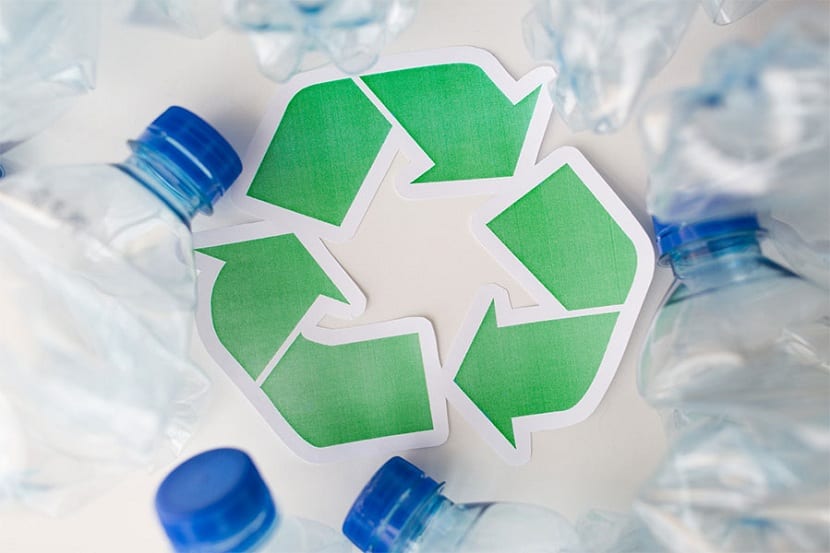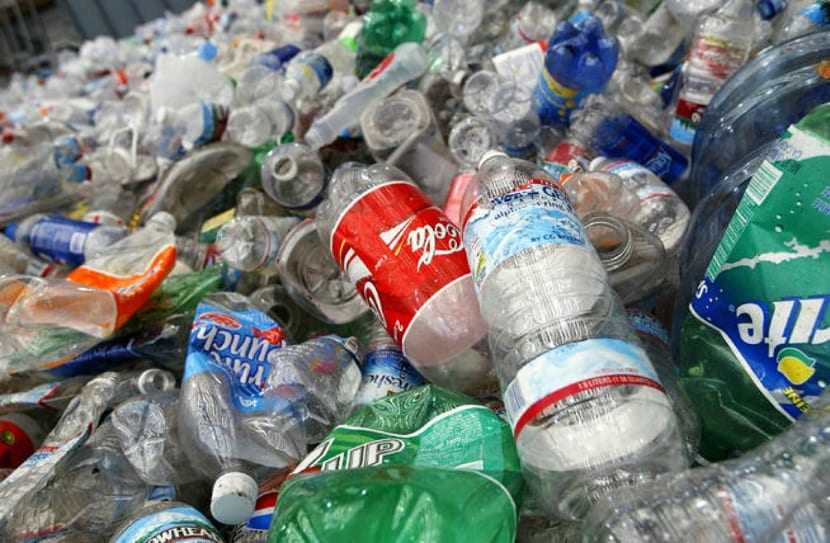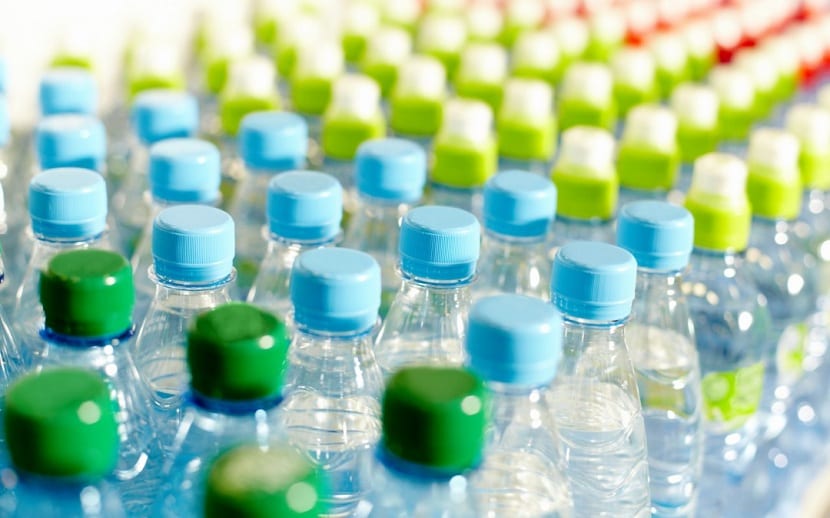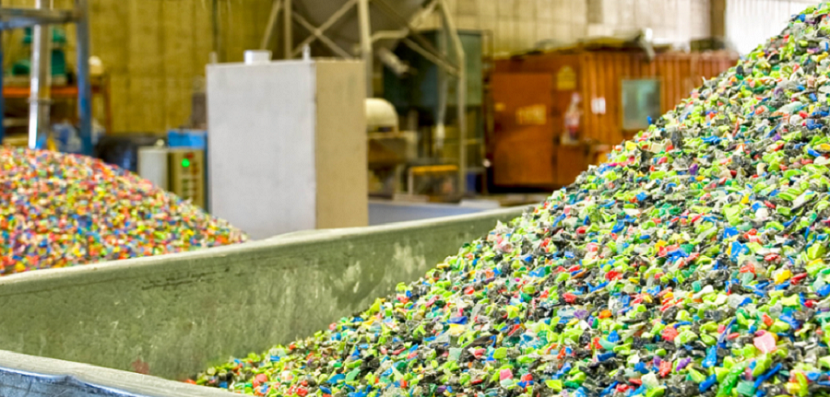
If you are one of those who is concerned about the environment, you will want to know how recycle plastic. We are talking about a type of waste that is the most generated worldwide. Such is its impact on the world that it forms authentic plastic islands in the oceans. Therefore, it is essential to know well what you should recycle from plastic and what not.
In this article we are going to teach you how to recycle plastic in a correct way so that you will never be confused again.
What is recycled from plastic

To really identify what is plastic and what is not, we must look at certain recycling symbols. There are codes by which to identify whether or not a material is made of plastic. the code classifies materials, so they must be marked with the corresponding symbol and number.
As you will have noticed, there are a multitude of different plastics. Although it is the same material at the end of the day, its composition is totally different. The plastic recycling process is quite simple. It is normally done in recycling plants and it is there that what can or cannot be recycled is selected. Some of the most common treatments that we have in plastic recycling is to separate them according to the type of resin that has been used to manufacture them.
The next step in the recycling process is to remove impurities. In any recycling process, impurities must be eliminated since plastic is the only thing that interests us, in this case. Once the impurities have been removed, they are crushed and melted to mix all the resin well. At the end of this part, there will be some resin balls that are introduced into different machines to make new bottles or plastic boxes.
This recycled plastic has some uses once it has returned to the life cycle of the products. Virtually any bottle, box, jar, or toy you touch may be a recycled bottle. The most common is that a bottle that you throw into yellow container ends up being another bottle after the recycling process.
Classification when recycling plastic

How the bottles, carafes, bags, etc. have to be classified. It is something important when it comes to separating well to recycle the appropriate thing. The plastic of a bottle is not the same as that of a bag. In order to differentiate the difference in material when recycling plastic, there is a classification code that helps in its recycling.
The different plastic codes that we find are the following:
- PET or PETE. This is the number 1 in the code. This means polyethylene terephthalate. This material is present in everyday life, since soda, juice and water bottles are made of this type of plastic.
- HDPE. This means high density polyethylene. The number is 2 and we find plastics that have a higher resistance. Normally they are plastics that are used in cleaning products, cosmetics or the famous tetrabricks of food.
- PVC. The famous polyvinyl chloride is also a plastic and is number 3. They are the most dangerous plastics found in pipes, gutters, bottles and garments of cleaning products and on cables.
- LDPE. It is low-density polyethylene. It represents the number 4 and being of low density it has a more elastic texture. Typically used for softer plastic wrap, bags and bottles.
- PP. It is polypropylene. It is represented by the number 5 and holds the pressure quite a bit. It is normally used in the automotive industry for the manufacture of upholstery. It is also used for the manufacture of bottle caps.
- PS. It's the polystyrene. It is the insulating material marked with the number 6. It is used for foam packaging used in household appliances.
- Others. They are marked with the number 7 or the letter O. They are all different from the previous ones, since they usually have a mixture of resins at the same time. These cannot be recycled as it is a much more difficult process. Not at all clean points these plastics are accepted since their recycling is complicated. They can be reused, but not recycled.
Plastics that can be recycled and which ones cannot be recycled

To clarify the doubts of the plastics that we can recycle without any problem, we are going to list them. All those that are marked with the RIC code are usable in the recycling process. We can perfectly throw them into the clean point or the yellow container.
Everything that is bottles, glasses, plates, trays, carafes, caps, etc. It can be recycled by depositing them in the yellow container. So if this is the easiest, why are there so many doubts when it comes to recycling plastic? Because there are also various materials that cannot be recycled in the way we know.
When we are going to throw away something that we are not used to treating or using, we are presented with the question of what recycling bin we must pour it out. To clarify these doubts, we are going to point out the plastics that should NOT be recycled.
- Plastics that are mixed with other materials. For example, aluminum from medicine blisters, glue, etc. The indicator is that it is difficult to separate the plastic from another material.
- Material that is made with other resins. For example, some outdoor furniture cannot be recycled even if it contains plastic parts.
- Plastics that have been degraded by the sun. These materials chip easily. Touching them can easily break or cut them. This does not allow the properties to be used for the construction of new material.
- Some pigmented plastics. These are those that have some colorants that modify the texture of the entire plastic completely. This is not convenient because at the time of recycling threads are formed in the machines that cause them to get stuck.
As you can see, plastic recycling must be done correctly if we want to take advantage of all the material. I hope that with this information you can learn more about recycling plastics.